Interview: A mysterious world of martial arts and movement for children
Club Ninja, Sadler's Wells
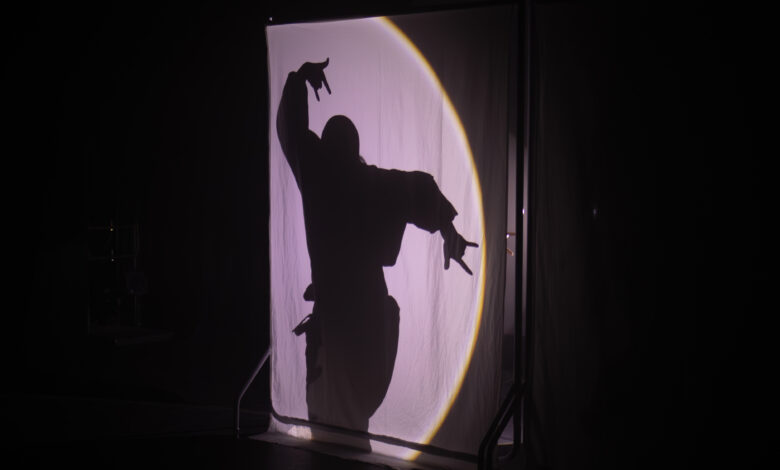
Takeshi Matsumoto reveals the secrets of Club Ninja
What kid hasn’t wanted to be a ninja? It suggests an agile character, full of shadowy enigma and physical prowess who slinks catlike through secret missions. This month we’re excited to dip into this mysterious world as Club Ninja comes to Sadler’s Wells, presented by the legendary team at Ichi Ni San. We arranged a clandestine rendezvous with co-creator Takeshi Matsumoto to get the lowdown on this intriguing event for ages 3-6 years.
Hi Takeshi. How brilliant to chat with you about this amazing production! Firstly, why did you want to create a dance show about Japanese ninjas for very young people?
Hello, lovely to chat with you. My curiosity to create a dance show about ninja for very young ones started during the pandemic, when we all clapped for ‘invisible heroes’ who worked day and night as essential workers. Because a ninja moves and commits missions in the dark, I wanted to explore this well-known Japanese figure as an agent of darkness that delivers and completes assignments. Another aspect of the show is use of shadow play. As this show is aimed at 3-6 years old, I wanted to explore ways of playing with shadow and how shadow effects can enhance ninja presence and characters.
Your work is always brilliantly playful, with audience experience right at its centre. With this in mind, are you able to reveal a bit about how the performance is staged?
As a kid, I loved to feel thrilled or even scared, and I think ninja is a perfect match to deliver this sense in a theatre setting where it can get completely dark and sound effects can be created. In the beginning the audience will witness ninja appearing and creeping while they are waiting in the foyer area, before being guided into a theatre space. The audience members are then invited to take a seat in the middle of the stage where four screens are placed to surround them and ninja begin to run around, hide and jump out. I love the beginning part because this setting allows children to be agile, paying attention to find where the ninjas are, with a heightened sense of alertness.
Can you tell us about the performers and the skills they bring to the show?
This show is presented by myself and Makiko [Aoyama], co-creator and dancer, and Rob [Howat], co-creator and musician, as performers. I think the skills we bring to the show are broad as we are not only dancing and playing an instrument but also attending and responding to how children are in the space. This requires dancers to observe how children are watching the show, participating and reacting, so that they acknowledge that ninjas are friends, not enemies. We want the audience to have a fun and joyful time at the end, moving like ninja and playing with shadow in a free flowing way. We have also collaborated with Sutarath [Sinnong], who is a Shadow specialist from Thailand. Sutarath also makes brilliant shows using shadow and puppets in Thailand. We were fortunate to bring her over and collaborate in person, upgrading our skills to include shadow play in our show.
You’ve devised the piece in collaboration with children. Can you talk about that process and how it’s informed the final work?
When we create an immersive and interactive show that partly invites children to join in, collaborating with children is very important to inform the process. Back in 2022, I went to Thailand to initially explore the theme with Sutarath and worked with refugee children on the border of Thailand and Myanmar. I was surprised to witness how well children responded to the ninja theme and they showed us ninja moves, like running sneakily along the wall, spinning and twirling. As the show began to shape, we invited more communities from both families and schools to observe how children responded to ninja moving around them and to shadow aspects. Because the show needs a certain level of darkness, it was crucial for the team to explore how dark the space can get without being too scary for them, so that we maintain a good level of excitement.
Do you find there are preconceptions about what performance for children should be like, and are your ninjas subverting conventional expectations of it for a modern audience?
Yes, absolutely. I think there are definitely preconceptions about what performance for children should be like and this is something the core team of Ichi Ni San wants to keep exploring so that performances for children can be beautiful, abstract and exciting and for everyone – including grownups. There are three taboos when it comes to performance for children: darkness, covering faces and loud noise. Because this show happens in a dark space, without using lots of colours (no rainbow or unicorn colours, sorry!), it has been challenging to create a work that is playful, imaginative and fun using dance, movement and shadow. I love the thrills that this show offers – for young audiences to feel things such as very fast movement close to the audience and darkness.
How do you hope the audience will react to Club Ninja and what might they take away from it?
Club Ninja is a mysterious and atmospheric dance show where the audience members are invited to see ninja from different perspectives and move and dance with them at the end. The show includes shadow play elements as well. I hope the audience discover a sense of playfulness and imagination in the dark space, and keep moving like a ninja.
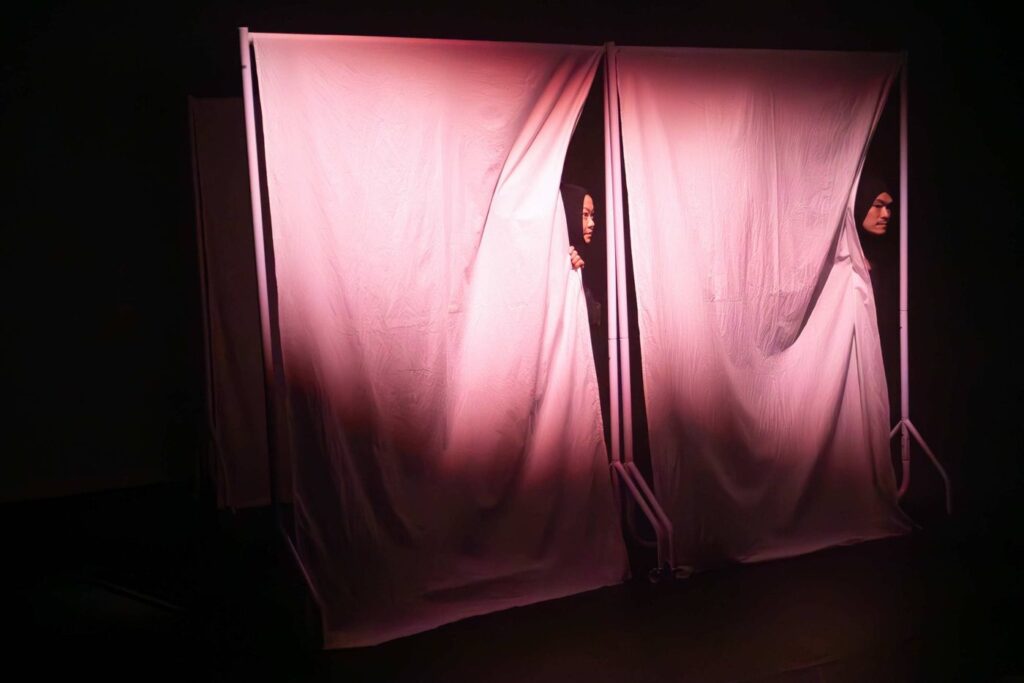
Thanks so much to Takeshi for sneaking by to reveal the secrets of this enigmatic show!
Club Ninja is aimed at ages 3+ and plays at the Lilian Baylis Studio, Sadler’s Wells from Thursday 30 October to Saturday 1 November.


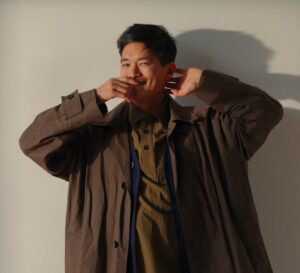
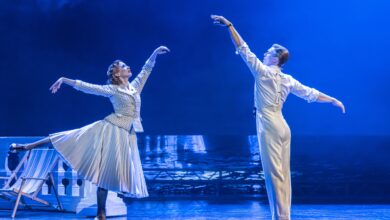
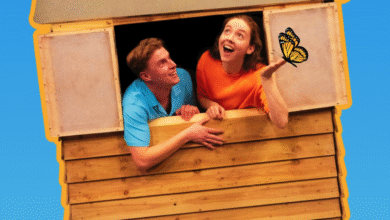
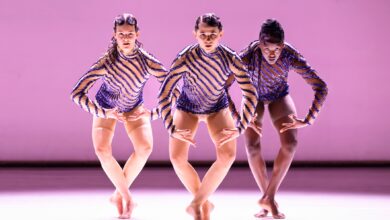
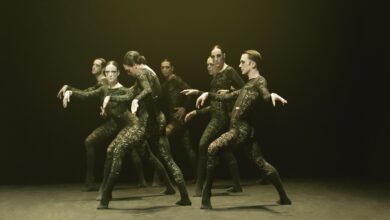
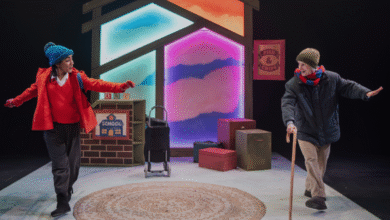
One Comment